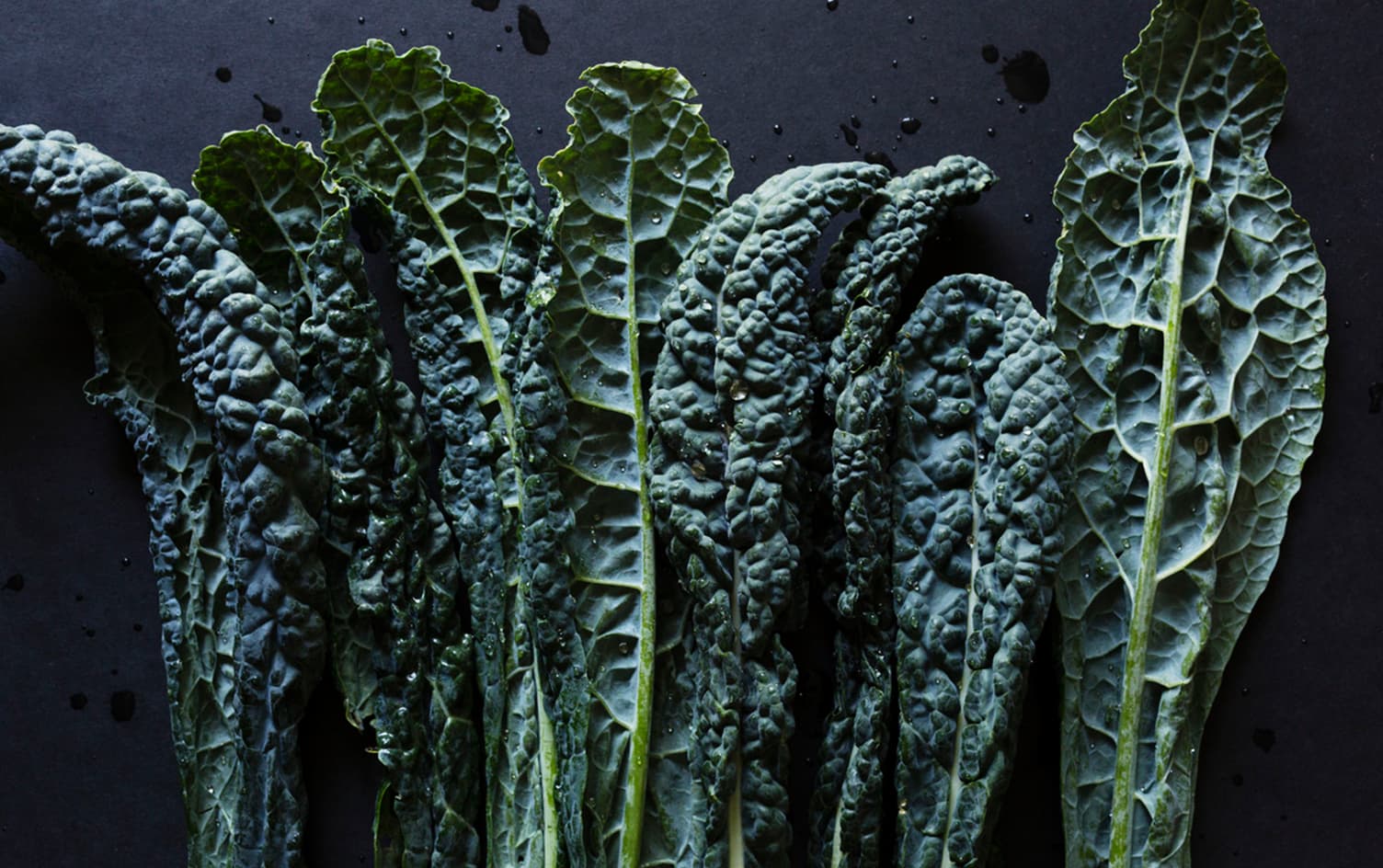Kale died a peaceful death last night, in the early winter months of 2016. A beloved cousin of the Cruciferous family, its legacy joins the likes of renowned child favorites cabbage, broccoli and Brussels sprouts. Kale leaves behind very little, except perhaps a bitter taste in your mouth. Its relevance was five years old.
Kale got its start working as the rough shrubbery lining the perimeter of literally every salad bar in America. One day some jerk knocked a few leaves into his Caesar salad while reaching for the crouton bowl. Fancying it a creative garnish from the Applebee’s sous-chef, the genius forced some of the dark green leaves down his gullet along with his iceberg lettuce. He did not like the taste but felt less guilty about the brownie sundae he ate afterward, so he went home and loudly described this new salad that “wasn’t too bad” to anyone who would listen. The neighbor two houses over heard as she was Googling new juice ingredients. Thus commenced an intricate butterfly effect.
So it began: The year 2012 saw a large spike in green juice sales. By then kale endorsements had blown the roof off of the nutrition pyramid — rich in phytochemicals for eyes, magnesium for bones and antioxidants for hearts, said a physician over a phone somewhere. “Vitamin K to make your waist as thin as your bloodstream,” they said. Few people actually wanted to chew on the plant (“I think I like it,” said one yoga instructor), but drinking it was mercifully efficient. A meal in a bottle, said a man in a cheap suit before adjusting the price tag from $4 to $10.
But kale didn’t stop there.
By 2014, not only were the masses eating it raw as well as boiling and drinking it — they were paying money to do so. Global pop icon Beyoncé wore a T-shirt bearing the word in white lettering, and every clothing store on Rodeo Drive followed suit, desperately careful to get the font just right. Consumption of the leaf continued to rise — data from MyFitnessPal users in 2014 showed a 710% increase in kale consumption over the course of three years. Each successive New Year’s Day saw skyrocketing sales to match ambitious new fad diets. “I actually like it,” said my father.
Then, abruptly, 2016 saw a slump in kale enthusiasm. No one knows how it started, but some trace the shift to a chilling story about models eating too much of the plant and having diarrhea. This whole time, we had trusted kale as our primary food source. Slowly, our “cheat days” began to multiply. More and more dads followed suit. National enthusiasm for “massaging the leaves beforehand for best texture” took a nosedive. It wasn’t long before grocery stores were moving kale off the spotlighted sections of their shelves. Said one lady exiting the supermarket: “That’s just capitalism, man.”
The cause of kale’s death is unknown, but many suspect that the public found a new sweetheart. If I were a betting man, I’d start choosing fonts for those “Cauliflower Rice” T-shirts now — it might not be green, but it pairs pretty well with Buffalo sauce.
A small service will not be held for this plant. If you have any fond memories or parting words, feel free to leave them in the comments below.
Originally published December 2016
Ready to take the next step? Unlock MyFitnessPal Premium to access custom goal settings, quick-log recipes, and guided plans from a registered dietitian. Premium users are 65% more likely to reach their weight loss goals!




